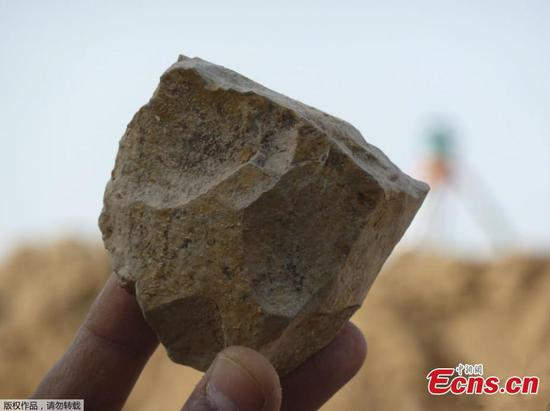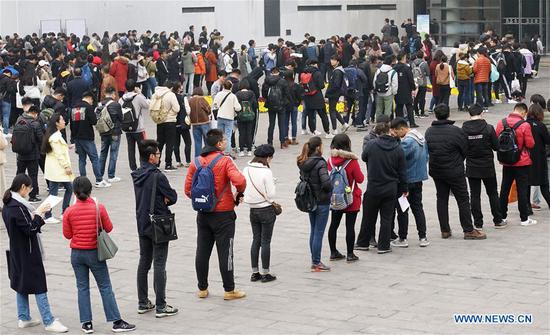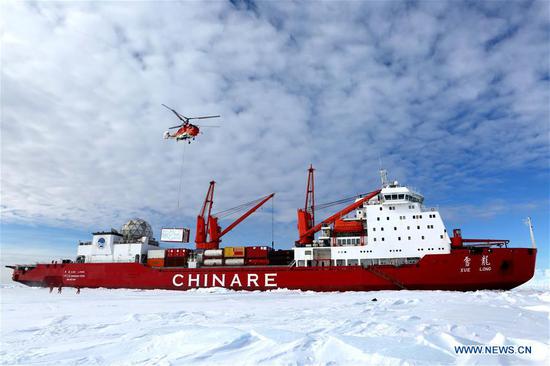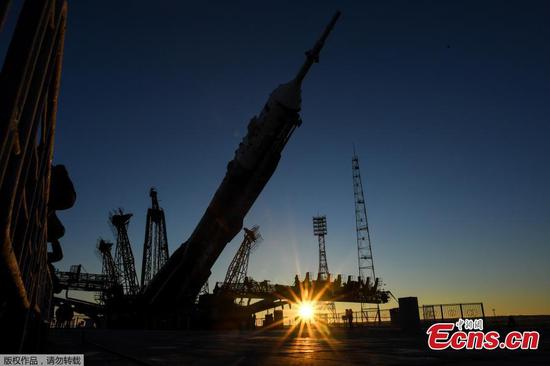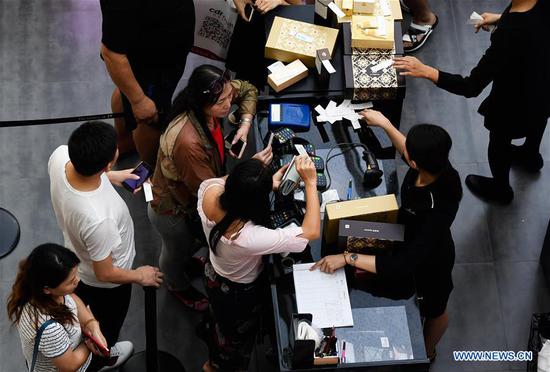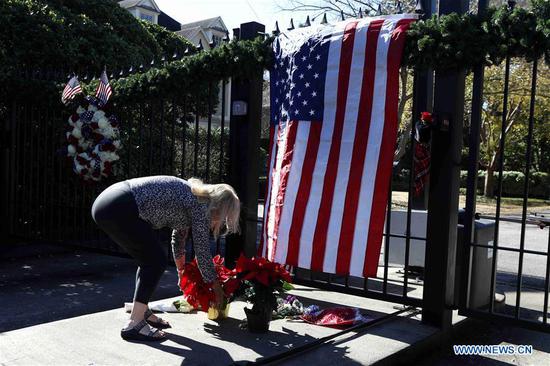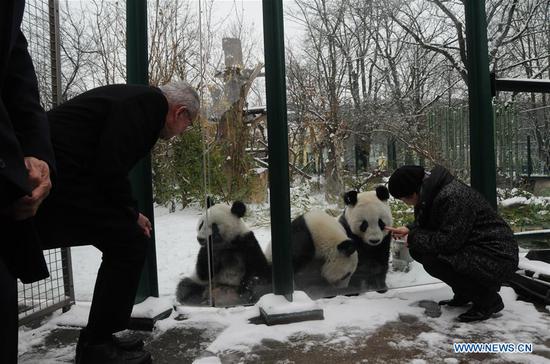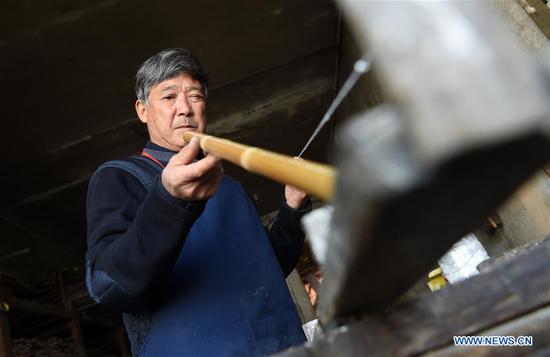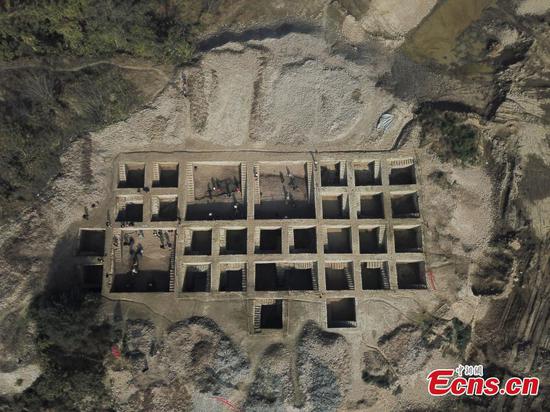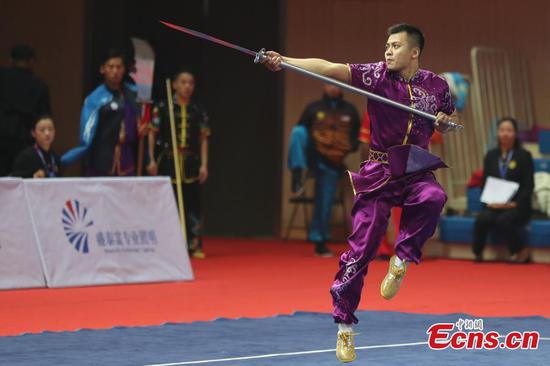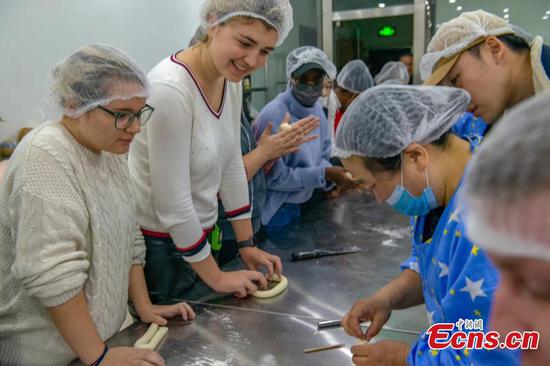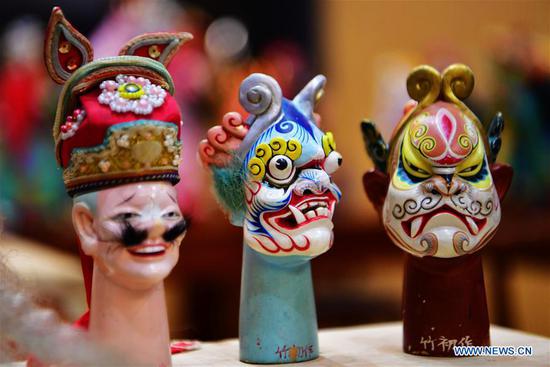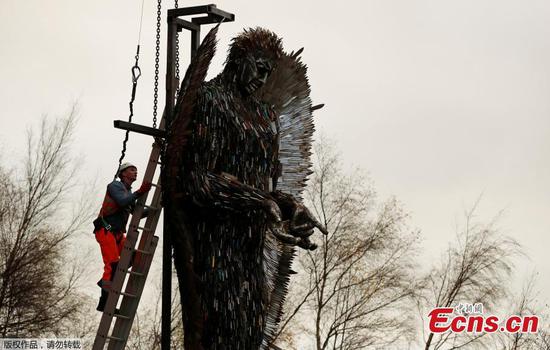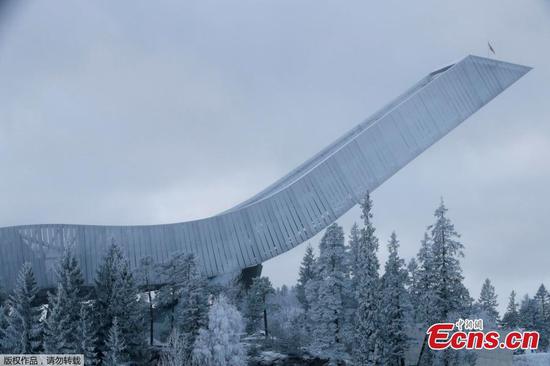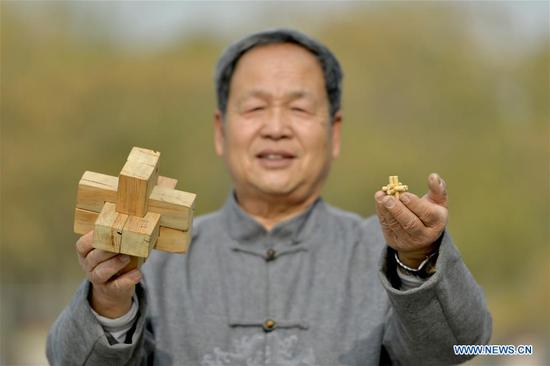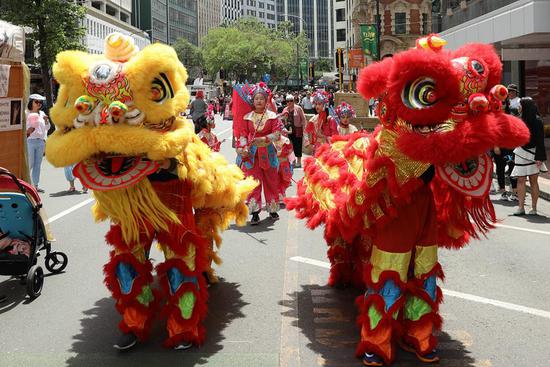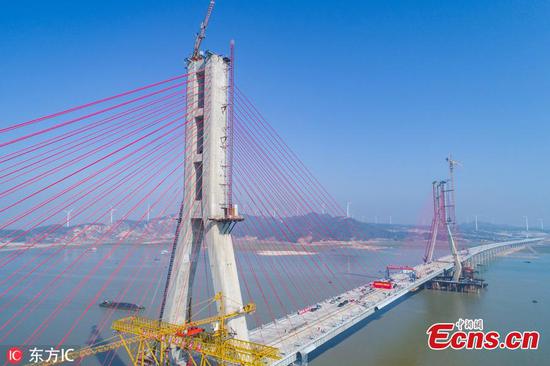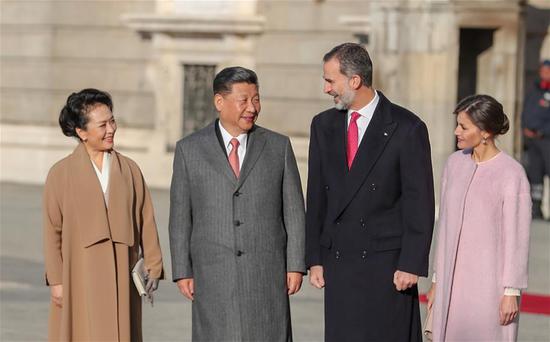After a year of turbulence in trade, the world's two largest economies on Saturday agreed to a 90-day hiatus in proposed tariff increases. The highly anticipated news emerged as a result of what's described as a "highly successful meeting" by Chinese President Xi Jinping and his U.S. counterpart Donald Trump on the sidelines of the G20 summit in Buenos Aires.
In the longer-than-scheduled dinner, both leaders sounded an optimistic tone on putting on hold the new tariff hikes and working toward eliminating all additional tariffs. The U.S. will not raise the rate of tariffs on 200 billion U.S. dollars' worth of Chinese goods from 10 percent to 25 percent, which had been planned on January 1, 2019.
Meanwhile, the two sides will start negotiations on structural changes involving technology transfer, intellectual property protection and non-tariff barriers. If there is no progress after 90 days, Washington will raise the levies to 25 percent.
The negotiating process will be tough, but this is remarkable headway given that the International Monetary Fund had just downgraded its forecast for global economic growth prior to the G20 summit. The trade war has apparently hit a pain point in the world economy. And right now, lights are flashing red on the global geopolitical dashboard.
What precipitated the trade truce?
Concerns of slower than expected growth are already clouding the American economy. Though its GDP grew by 3.5 percent in the third quarter as previously forecast and the rate of unemployment is at its lowest since 1969, its stock markets are cratering. Since this September, the S&P 500 has slumped by 10 percent. And the Reserve Primary Fund broke the buck, as it did back in September 2008 amid the global financial crisis, driving frightened investors to withdraw their funds for everyday operations.
Meanwhile, U.S. agriculture has taken heavy blows. Many corn and soybean growers in the Midwest are filing for bankruptcy amid lower demand from China due to retaliatory tariffs on such crops. Adding to the woes, General Motors announced that it will lay off some 15,000 workers and idle four plants.
Apart from declining agricultural demand and car sales over the past year, a lagging property market due to rising interest rates and subtractive manufacturing activity forebode a creaky economy and will probably erode Trump's pledge to usher in another American manufacturing renaissance.
"The lobbying of Wall Street and the industrial community worked this time, since the president eyes to maintain the economic buoyancy to seek reelection in 2020," said Wang Yong, director of the Center for International Political Economy at Peking University.
The agreement came nearly a month after the mid-terms because Trump no longer needs to play the "China card" he had utilized to divert the electorate's attention from the investigation into Russian collusion, Wang told CGTN Digital.
External pressure has also played a role, as the rift between Russia and Ukraine is playing out once again. The outright enmity between the two sides aborted the meeting between Trump and Russian President Vladimir Putin at the G20 summit. The mounting tensions, to a certain degree, prompted Washington to woo Beijing.
Across the pond, China's efforts deserve praise. It's been gearing up for further reform and opening up since last year. The Boao Forum for Asia and the inaugural China International Import Expo showcased the country's resolution to expand its openness with various proactive policy measures. It cut import tariffs on around 1,500 consumer goods ranging from apparel to automobiles to home appliances in July and brought down taxes on another 1,585 imports from metals to machinery last month.
Moreover, "China is ramping up efforts in self-innovation, as part of a wider move to foster its tech titans," said Wang Yong.
Beijing's diplomatic staple over the year painted a rosy picture on the global tapestry. "The country has seen improvement in its ties with Vietnam and the Philippines, both of which had been vocal claimants to disputed areas of the South China Sea," Wang noted.
The Philippines joined China's military drills on the South China Sea in October and is set to clinch a memorandum of understanding with China on cooperation in exploring oil and gas in the sea waters. On a border meeting last month, Chinese and Vietnamese militaries vowed to maintain border stability.
A flurry of diplomacy between Beijing and Tokyo this year, which has brought their relationship back to normal, also leveraged Washington's move in trade bombardment. The two countries doubled down on infrastructure collaboration in third-party markets. In addition, the White House is looking to Beijing's meditation in bolstering its ties with Pyongyang, which has actually failed to evolve as much as it had expected.
What lies ahead?
Analysts' eyes on Monday will be on the market reaction while seeking further details on what exactly the sides agreed to, and assessing where there is space for compromise.
Arrangements for fresh negotiations, the personnel involved, and further meetings between the presidents will also be closely watched. Though the people involved matters in any negotiation, the differing viewpoints in the Trump administration make it particularly significant when China and the U.S. sit down for fresh talks.
A look at the lineup as the U.S. delegation sat down for dinner in Buenos Aires highlighted the forces pulling Trump in opposing directions.
To Trump's left sat trade dove Treasury Secretary Steven Mnuchin, then hawkish U.S. Trade Representative Robert Lighthizer, and then pro-free trade White House economic adviser Larry Kudlow; to the U.S. president's right sat trade hardliners, National Security Advisor John Bolton and White House trade adviser Peter Navarro.
Who's up and who's down is a Washington parlor game for the ages. In the negotiations ahead, who gets a seat at the table will send a clear signal as to the direction of talks.
China is just one of the countries targeted by Trump's tariffs, so analysts will also be looking closely at U.S. trade discussions over recent months for clues as to Washington's tactics.
One such negotiation was the morphing of the North American Free Trade Agreement into the United States-Mexico-Canada Agreement (USMCA), a deal inked at the G20 summit but still far from being implemented. USMCA must be ratified by national parliaments, and that's far from a given, while U.S. tariffs on Canadian aluminum and steel continue despite the deal.
Europe also remains in the U.S. tariff crosshairs, despite a broad agreement to halt hostilities. Speculation continues to swirl about levies on European automakers, a pet topic for Trump. After the blow in the president's political heartland struck by General Motors last week, European carmakers head to the White House on Tuesday with a little trepidation as they seek to dissuade the administration from imposing tariffs on auto imports from the EU.
That levies on Canada remain in place despite the revamped trade deal – and new measures are being considered – is a reminder that the road to shutting down U.S. tariffs is long. That could be given a further boon by Trump's fickleness.
Furthermore, "the American elite are still weary of a growing China, and the White House is chock full of China hawks. It's possible that they will renege on their promise," Sun Chenghao, an American studies expert at the China Institutes of Contemporary International Relations, told CGTN Digital.
Comity for now
The dust has barely settled on this year's drama, but the truce, which gives both countries a brief respite, helps prevent the trade war from spiraling into a neo-Cold War, which many international observers fear to be the worst case scenario.
The U.S. has already redefined China – a rising Asian powerhouse, so their decades-long engagement policy has taken on new changes. Vehement competition amid cooperation is expected to be an interminable leitmotif of Beijing-Washington ties.









